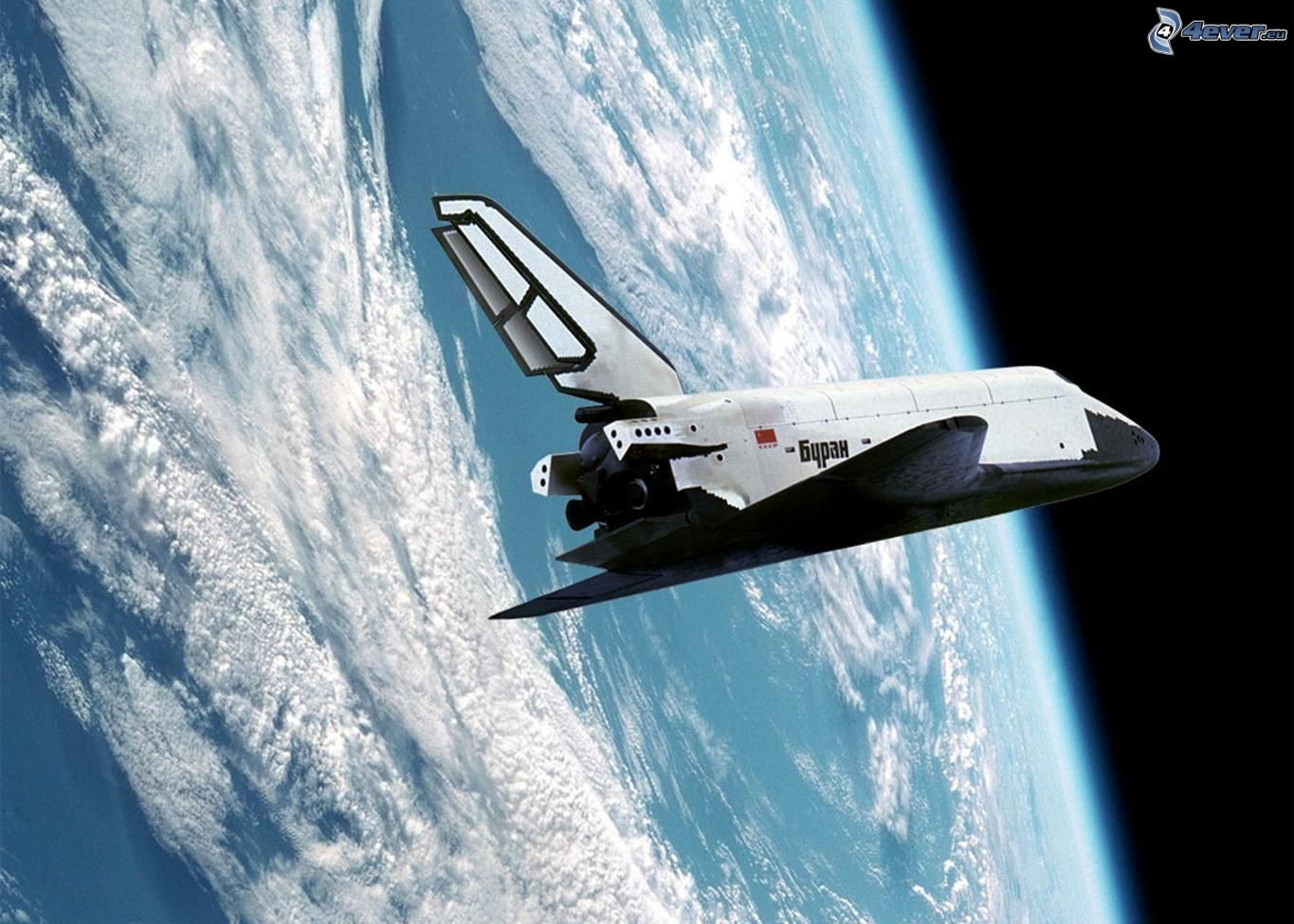
However, the carbon-carbon Buran heat tiles have an antioxidant molybdenum disilicide coating.

Similarly to US space shuttle orbiters, Buran orbiters have their exterior covered in 38,600 heat shielding tiles designed to withstand 100 reentries, which themselves were very similar to the ones in the space shuttle. Exterior Buran heat tiles visible on the OK-GLI aerotester, on display at the Technik Museum Speyer The wings of the Buran orbiter contain elevators whose position can be changed from +35° to −20°. 20% of the weight of the orbiter, while another 11% of weight is added by payload systems and removable parts. The components necessary for flight make up approx. The Buran orbiter is built around the airframe, which is its main structural component, since all other components are attached to it. Technical description Buran OK-1.01 orbiter general layout Start of comprehensive electrical testing The Buran spacecraft was made to be launched on the Soviet Union's super-heavy lift vehicle, Energia. Over 1000 companies all over the Soviet Union were involved in construction and development. The construction of the Buran spacecraft began in 1980, and by 1984 the first full-scale orbiter was rolled out. The Buran-class orbiters used the expendable Energia rocket, a class of super heavy-lift launch vehicle.īesides describing the first operational Soviet/Russian shuttle orbiter, "Buran" was also the designation for the entire Soviet/Russian spaceplane project and its flight articles, which were known as "Buran-class orbiters". īuran completed one uncrewed spaceflight in 1988, and was destroyed in the 2002 collapse of its storage hangar.
BURAN SHUTTLE RF SYSTE SERIAL
Russian for "Snowstorm" or "Blizzard"īuran ( Russian: Буран, IPA:, meaning "Snowstorm" or "Blizzard" GRAU index serial number: 11F35 1K, construction number: 1.01) was the first spaceplane to be produced as part of the Soviet/Russian Buran program. Buran on An-225 at the 1989 Paris Air Show


 0 kommentar(er)
0 kommentar(er)
